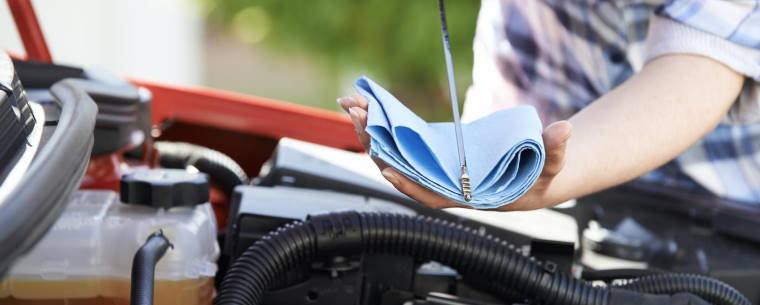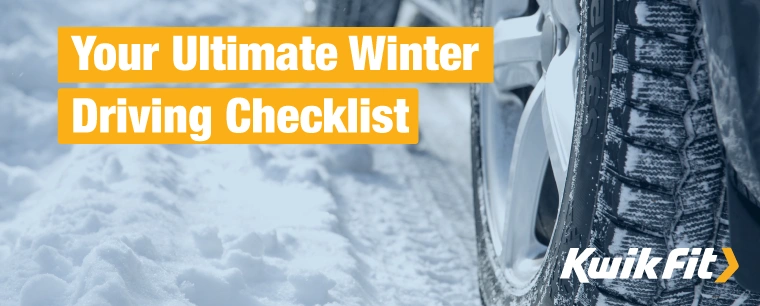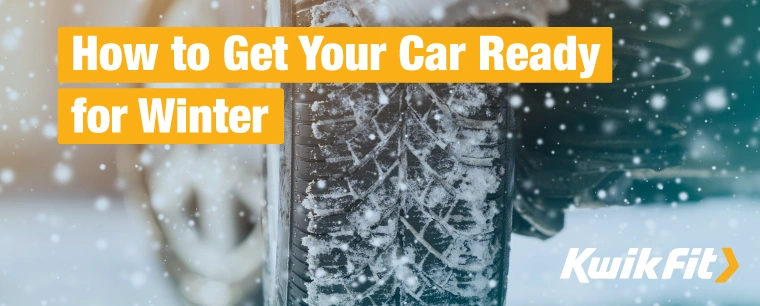The Pros and Cons of Servicing Your Own Car
Jack Dreyer | Monday 9th May 2022 11:30am

Regular servicing helps to keep your car running smoothly, and helps to reduce the likelihood of costly breakdowns happening when you least expect them.
Typically, a vehicle should be serviced at least once a year to keep the key components well looked after, as well as helping to extend the overall lifespan of the car.
To keep your car running efficiently, you can perform basic car servicing tasks yourself - in between your full annual services. Below, weíve outlined some of the key actions that we recommend to include as part of your car maintenance routine as well as a list of the pros and cons of servicing a car yourself.
What parts of your car can you service yourself?
Before we begin, itís important to remember that servicing your vehicle yourself shouldnít be done in place of professional servicing.
While these checks will help your vehicle stay roadworthy and are simple to perform, an actual full or interim service from Kwik Fit is guaranteed to maintain the safety of your vehicle.
1. Oil change
Itís important to check your engine oil often, as it helps to prevent issues like wear, contaminants and corrosion from happening within your engine. Changing the oil should be something that is done every 5,000 miles, and you should be checking your oil monthly or before driving long distances. You will also be able to tell if your oil filter needs to be replaced if you spot any leakage of oil from the filter.
If you think you need to change your oil or replace your oil filter, then this can be a bit of a messy job - and itís worth getting a professional to help out. Our engine oil and filter change takes care of everything and offers a great preventative maintenance option between full services.
2. Air filter change
The air filter in your car is what stops dirt and other dangerous particles from coming into the engine. After a while a build-up can occur, which blocks the filter, meaning that it needs to be replaced.
To change the air filter, you may have to first remove the airbox. Most cars will have an airbox that encloses the air filter. Once it has been removed, simply pull out the old filter and replace it with a new clean filter, and finish by replacing the airbox.
3. Tyre condition check
There are many things that are important to check when it comes to your tyres, as the wrong pressure, tread or general condition can make things potentially dangerous. Itís important to check the condition of your tyres regularly - around every couple of weeks.
You can check if your carís tyre pressure is correct by entering the registration of your car in our tyre pressure tool. If the pressure is too low, you can use an air pump to inflate the tyre. If the pressure is too high, you can release some air while the dust cap is off, and then recheck the pressure to ensure itís correct.
Inspect your tyres to see if there are any visible damages, such as cuts, punctures, or bulges. Also, check that the tread depth of your tyres meets the UKís legal minimum tread depth of 1.6mm. You can do this by inserting a 20p in the lowest tread depth of your tyre; if you can see the rim of the 20p, then your tyre tread should be checked by a professional.
4. Checking your engine coolant
The engine coolant is what prevents the engine from overheating, which is why itís crucial to check the levels regularly. You can do this by locating the expansion tank, and checking the coolant level - which is usually displayed between a set of minimum and maximum marks on the side of the tank.
If the coolant does need a top-up, donít remove the coolant filler cap until the engine is off and cold. Then, pour the coolant until the level reaches the maximum mark.
5. Car Brakes
One of the most important components of your vehicle is the brakes. Typically, itís a good idea to check your brake pads and whether they have a good depth every 12,000 miles. However, it is a good idea to leave maintenance of your brakes and any necessary replacements to the professionals.
At our Kwik Fit centres we offer free brake examinations, which check for things like the wear on brake pads, shoes, brake discs and drums, as well as the quality of the brake fluid. Book your free brake check today.
What are the pros of servicing your car yourself?
If youíre planning on performing servicing checks on your own vehicle yourself, read on. While these routine Ďservicingí checks should not replace booking in for a professional service, there are many benefits:
Performing vehicle checks on your car saves you money. Regularly checking over your brakes, engine oil, coolant, tyres, and more can also help avoid any nasty surprises. The more familiar you are with your car, the better. If you maintain consistent awareness of the condition of your vehicle through checking its brakes and tyres and so on, then any issues that may crop up can be detected and put to rights.
What are the cons of servicing your car yourself?
There are, on the other hand, a few downsides to servicing your car yourself. As with all things DIY, there are a number of prerequisites and drawbacks.
One in particular being that if you rely exclusively on your own servicing efforts, you may miss things. The professionals are there for a reason and are fully trained to inspect every nook and cranny, know the warning signs, and detect any faults. Without their expert guidance, you may overlook coolant or tyre issues that could develop into something potentially fatal.
Although inspecting your vehicle yourself saves money in the short term, in the long run it may actually cost you money. If you ignore faults ó or simply donít see them ó they may cause damage to your vehicle that requires you to fork out a hefty sum.
Servicing your car with Kwik Fit
Here at Kwik Fit, we offer lots of different services to help keep your car in good condition - from oil changes to a Full Service.
You can book your car service online by visiting our servicing page. In the meantime, get in touch with our team of experts at your local Kwik Fit centre with any questions you may have.
Any facts, figures and prices shown in our blog articles are correct at time of publication.
Featured Articles
Is Your Car Battery Ready for Winter?
Monday 11th November 2024
Is the UK on the verge of Ďthe coldest winter for 50 years?í Even if El NiŮo doesn't hit the UK this winter, reduce the risk of a winter breakdown by making sure your car battery is winter-ready.
Your Ultimate Winter Driving Checklist
Monday 31st October 2022
Driving in the colder months presents many challenges. Breakdowns are far more common in winter, so make sure youíre prepared with these essentials.
How to Get Your Car Ready for Winter
Wednesday 28th September 2022
Winter can be a harsh season for your car but planning ahead by carrying out some basic maintenance and packing some essential kit should help you avoid a winter breakdown.







